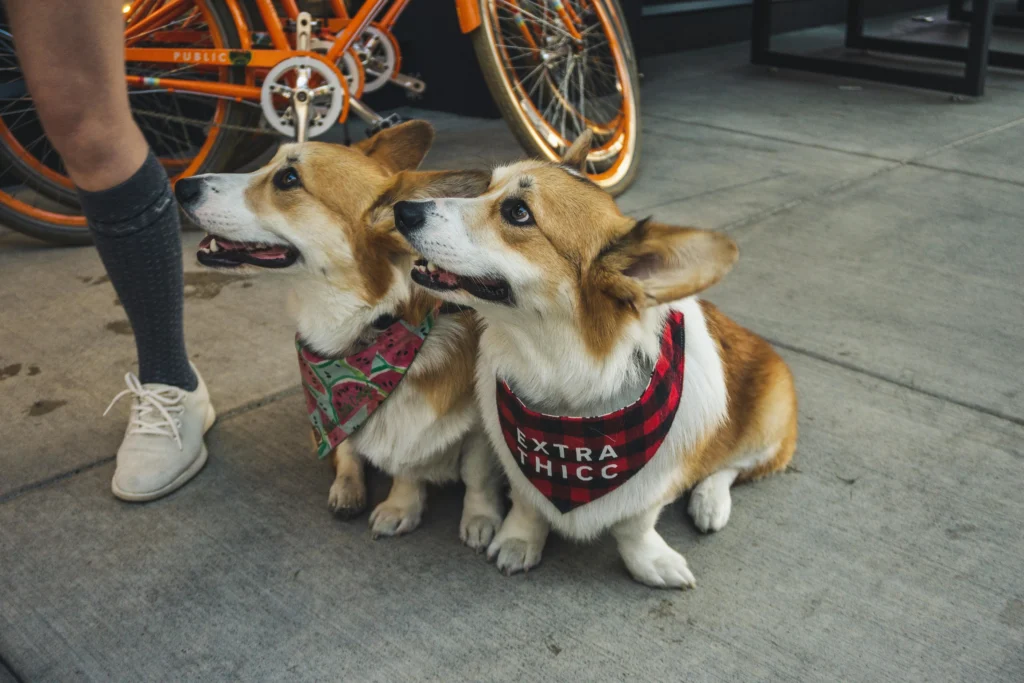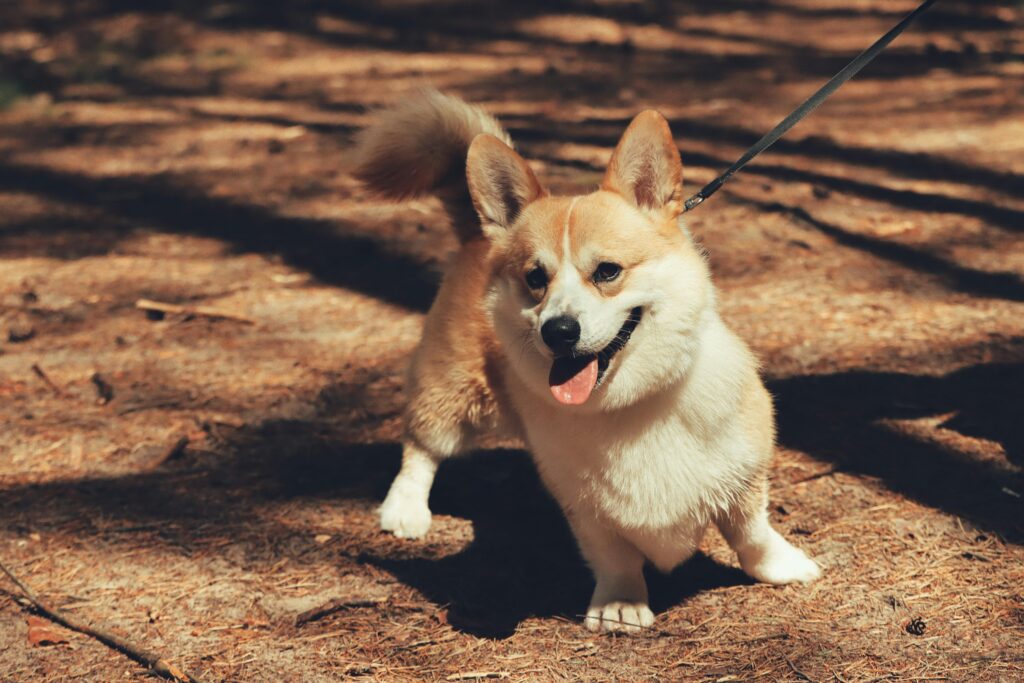Does your dog chew on leash every time you go for a walk? It can be annoying and stressful. It makes walks harder and can ruin the leash. Some dogs bite leashes like a toy, while others do it because they’re anxious. The good news is you can stop this behavior.

In this guide, we’ll explain how to stop a dog from chewing on his leash. You’ll learn why dogs do it, how to train them, and what types of leashes that dog can’t chew through. Let’s get started.
Why Does My Dog Bite His Leash?
Many owners ask, “Why does my dog bite his leash?” To stop it, you need to understand why it happens.
Here are common reasons:
- Puppy teething: Puppies chew to help their new teeth come in.
- Boredom: If walks aren’t enough, your dog might chew to stay busy.
- Excitement: Some dogs get so excited they bite the leash out of habit.
- Frustration: If your dog wants to go one way and you go another, they might bite the leash.
- Lack of training: Some dogs simply haven’t learned that leash chewing is bad.
Knowing the cause helps you choose the right fix.
How to Stop Dog from Chewing on Leash: Step-by-Step
Once you understand why your dog bites on leash, you can take steps to stop it.

Stay Calm and Be Consistent
Dogs pick up on your mood. If you get upset, they may become more hyper. Stay calm and correct the behavior gently every time.
Use Redirection
Take a chew toy on your walk. When your dog goes for the leash, offer the toy and say, “Chew this.” With practice, they’ll chew the toy instead.
Reward Good Behavior
When your dog walks calmly without biting, praise them and give them a treat. This helps them understand what behavior you want.
Practice Leash Skills Indoors
Do short practice walks in your home. Use treats to reward calm behavior. This builds good habits in a low-stress space.
Avoid Tug-of-War
If you pull on the leash when your dog bites it, they may think it’s a game. Instead, hold the leash still and redirect them with a toy.
Try a Leash That Dog Can’t Chew Through
Sometimes the leash itself encourages chewing. Softer ones are easy targets. A stronger leash might help.
What Is a Chew-Proof Leash?
Chew resistant leashes are made from tough materials that are hard to chew. Here are some great options:
- Chain leashes: Metal links are too hard and unpleasant to chew.
- Steel cable leashes: Strong and lightweight.
- Biothane leashes: Durable, waterproof, and flexible.
Why Use a Chew-Proof Leash?
- They last longer
- Save you money over time
- Prevent leash breaks
- Help stop chewing when used with training
Best Chew-Proof Leash Options
- Chain leash with padded handle
- Steel cable leash for strong chewers
- Biothane leash for dogs of all sizes
- Pick one based on your dog’s size and chewing habits
More Tips to Stop Leash Biting
If the problem continues, here are more things you can try.
Use Bitter Spray
These sprays taste bad but are safe for dogs. Spray a small amount on the leash. It makes chewing unpleasant.
Start a Calm Walk Routine
If your dog gets too excited, have them sit before putting on the leash. Don’t leave until they’re calm. This helps the walk start on a good note.
Try a Harness or Head Halter
These tools give you better control. They also change how the leash sits, which can reduce chewing.
Give Your Dog More Exercise
Tired dogs are less likely to act out. Make sure your dog has enough playtime and mental activities every day.
Begin with Short Walks
Keep walks short while you train. Slowly make them longer as your dog improves.
When to Get Professional Help
Some dogs need more help than you can give at home.
Signs You May Need a Trainer
- Your dog chews the leash aggressively
- Growling or snapping on walks
- Fear or anxiety around the leash
- No change after weeks of training
Who Can Help?
- Dog trainers: Teach better walking skills
- Animal behaviorists: Help with deeper behavior problems
It’s okay to ask for help. Some problems need expert support.
Final Thoughts: Stop Leash Chewing with the Right Tools
So,how to get a dog to stop biting the leash? Start by finding out why they do it. Then train your dog with patience. Use the right kind of leash to make things easier.
Every dog is different. Some learn quickly. Others take more time. Stay patient and keep practicing.
With the right steps, you and your dog will enjoy calm, happy walks again.
Frequently Asked Questions
Q1: Why does my dog bite his leash during walks?
Dogs bite the leash because they’re bored, excited, teething, or not trained. Teaching them new habits and using strong leashes can help.
Q2: What is the best leash that a dog can’t chew through?
Chain and steel cable leashes are very strong. Biothane is also a good chew-proof option for most dogs.

